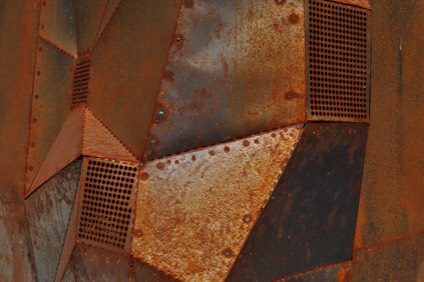
Sodium Design

Sound and space combined form a critical duality at work in our everyday environment. Their relationship is one of complete dependence: no sound exists without space and no inhabited space is without sound. Because of this reciprocity, our perceptions of space and sound are inextricably linked to one another. Our internal experience of the external world can be greatly altered by what we hear and the way we hear it; thus, the relationship that can be formed between the acoustic environment and our senses/bodies is a powerful one, helping to construct a reality that is responsible for the way we experience the world around us.
Despite the power of our aural perception, we are often unaware of the auditory events that occur around us and are even more unaware of the manner in which such events manipulate our experience of space. What has become necessary now - and what this thesis seeks to do - is to re-establish the experiential identity of the place by defining ones understanding of the spatial environment according to aural perceptions.
Fabrication
Fabrication of the sound:space occurred off-site over a six week period. Sheet steel served as the primary building material due to its inherent resonance and weathering capabilities.
All shop drawings were exported in 2-D form from 3-D digital model. Drawings were used directly as input for a CNC Plasma cutter which cut each required panel from the steel sheet.
A technique of perforation allowed for the manual bending required of the faceted form of both the interior and exterior skins. Small cuts were made along the location of the fold, removing over half of the material at these locations allowing for folding to be performed by hand.
Installation
The final destination of the sound:space was within the studied courtyard space at 401 North Tryon Street. Here, the sound:space fulfilled its purpose as a dramatic intervention onto ones experience of the urban space - all with a renewed interest and dependence on the auditory information that contributes to our experience of the world around us.